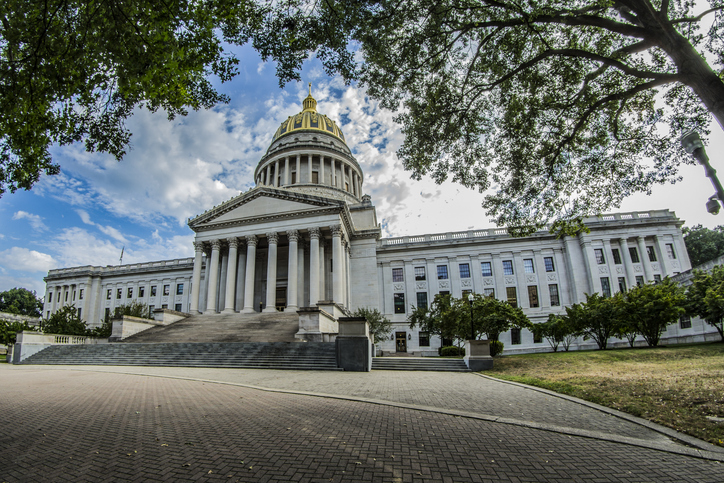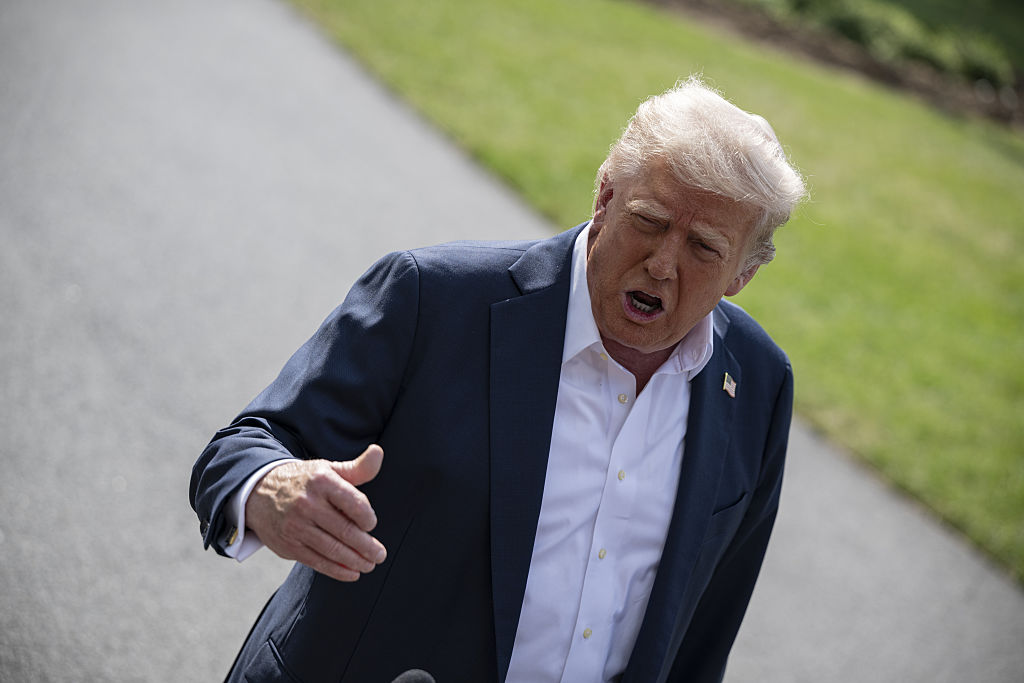Michelle Obama Stresses Importance Of Education In Chile
RENCA, Chile — Studying hard as a young woman is what prepared Michelle Obama to face the world’s challenges, the United States’ first lady told students Monday at a public school that Chile’s government hopes will become a model for educational excellence in the country.
Students in red uniforms cheered enthusiastically and waved Chilean and U.S. flags as Mrs. Obama arrived at the Summit of the Condors of Renca Institute.
“It wasn’t so long ago that my husband and I were young people just like you, dreaming the same dream and facing the same challenges,” Mrs. Obama said, describing how she and her husband, President Barack Obama, both grew up poor and with few resources. Their success, she said was due to their good educations.
“Growing up there was never any question in my parents’ mind that we would go to college. … And they always told us that even if we weren’t rich, we were just as smart and just as capable as anyone else. … They thought us that if we dreamed big enough and if we worked hard enough anything was possible. In my country we call that the American Dream and I think it’s also true right here in Chile.”
There is broad consensus that Chile’s free public education system does a poor job of preparing the vast majority of students, and contributes to inequalities throughout Chilean society. Similar problems are evident around Latin America: None of the region’s universities appeared in a recent list of the world’s top 200 higher education institutes.
Wealthier Chileans generally attend elite private schools that prepare students for top universities abroad, while the public system suffers from poorly trained teachers and underfunding, a legacy of dictator Augusto Pinochet’s 1981 decision to put local governments in charge of public schools, rather than the national Education Ministry.
The year-old government of President Sebastian Pinera has pointed to magnet schools as part of the solution, with plans to create 50 model “schools of excellence” around the country by 2012.
The Summit of the Condors is one such school, inaugurated last year by Pinera himself. Based in Renca, a working-class city of 131,000 people on the outskirts of the capital, the school has 700 students, 70 percent of whom are chosen for their academic merit and 30 percent by lottery.
Already, 30 such highly competitive schools have opened, choosing from a total of 10,000 applicants nationwide. Their standards are high, and students who fail to maintain their grades are forced out.
Mrs. Obama said that she was quite impressed by what she’s been told about the Renca model school, but told students that they would have to share their success with others.
“After you’ve taken control of your own destiny and pulled yourselves up, then I want you to look back and to pull someone else up after you,” she said. “For those fortunate enough to reach our goals, it is our obligation to help someone else do the same.”
Critics say Chile’s model schools fall far short of the comprehensive reform the South American country needs.
“Public education needs fundamental changes, structural changes, with new forms of administration and financing, and all of the public schools need to be administered by the state,” teachers union President Jaime Gajardo said in an interview.
Martin Carnoy, a Stanford University expert in comparative education, predicts the model school plan will fail without major improvements in educating teachers nationwide.
“Their idea is to create good schools that will set a standard for the others that the others can copy. And this won’t work, because they’ll concentrate the resources in a few good schools,” Carnoy said. “The others aren’t prepared.”
More hopeful is Victor Ruiz, 25, who teaches philosophy and critical thinking at the Renca school and believes that each successful classroom can have a huge multiplier effect.
“The idea is to integrate into the system high-value human capital, get involved in the mechanics of it, and give it oxygen and new energy,” Ruiz said.
Ruiz gave up a career in journalism to become one of 80 teachers, thus far, to enlist with Teach Chile — a program based on the Teach for America program in the United States, in which young professionals volunteer for two years in public schools, usually in poorer communities. Teachers in Teach Chile are paid the same amount as instructors in other schools.
“The classroom is where change has to happen. If the students can achieve their goals, then we’re all happy,” Ruiz said. “My message to these kids is: Yes, you can do it.”
After the school visit, Mrs. Obama and her daughters, Sasha and Melia, planned to visit an interactive children’s museum in Chile’s capital, Santiago.
RELATED STORIES
Michelle Obama Replants White House Garden
Michelle Obama: Laughter Is Good For Marriage















